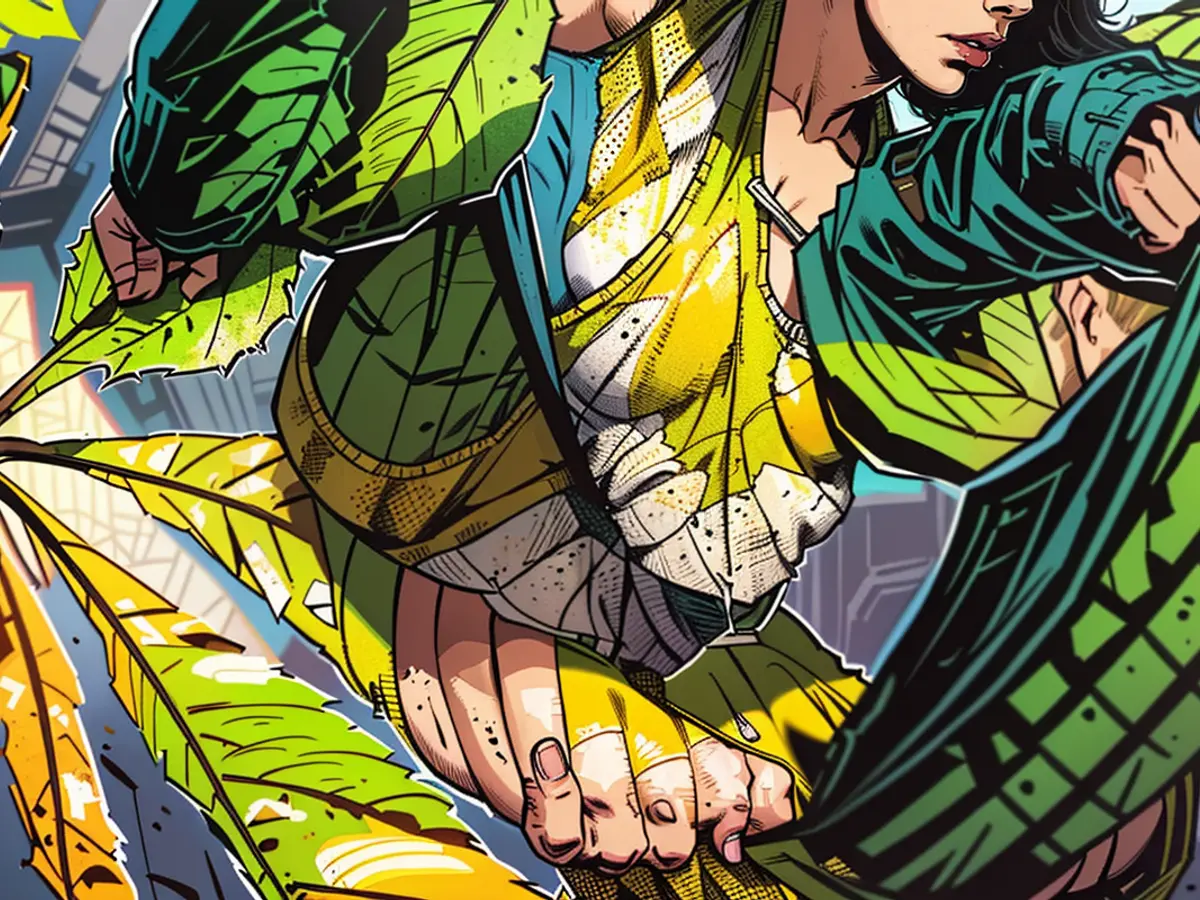This year's prevalence of tiny moths provokes an "exceptionally notable" impression.
Autumn hasn't made its appearance yet, but several horse chestnut trees are already bearing heaps of brown leaves below them. This isn't a result of autumn's early onset, but rather a frustration caused by a tiny critter that's been bothering these trees for quite some time now. The infestation of leaf miners, as observed by entomologist Olaf Zimmermann from the Agricultural Technology Centre Augustenberg in Karlsruhe, is more noticeable this year than ever before.
Throughout the country, horse chestnuts lining avenues, parks, and gardens have shed most of their leaves by summer's end. These trees typically turn color and shed their leaves during the second half of August, shares Roland Mühlethaler from the Nature Conservation Union (NABU). Generally, climate change is causing natural processes to happen earlier than usual.
Drought worsens the issue
As per Mühlethaler, drought is taking a significant toll on both horse chestnuts and leaf miners. "Trees under stress from drought are more vulnerable to pests," he explains. The northeastern part of Germany, particularly, has been experiencing this after multiple years of extreme drought. "Recovery from this is slow, and many trees haven't recovered yet."
While the horse chestnut is a tree native to the Mediterranean, it requires sufficient moisture. "Dry years combined with heavy pest infestation can lead to long-term damage," Mühlethaler points out.
Not a native friend
The disappearance of this non-native species wouldn't be much of a loss for local nature. Apart from the leaf miner, planting native trees is generally a better choice.
Chestnut leaf miner moths (Cameraria ohridella) are tiny, striped insects that like to lay their eggs on the upper surfaces of horse chestnut leaves. After a couple of weeks, tiny larvae hatch and feed on the leaf's interior, causing it to wilt rapidly, as explained by NABU. This disrupts the tree's ability to photosynthesize, weakens it, and makes it more susceptible to other stressors. Mild winters tend to result in a larger number of moth larvae.
A simple solution for your garden
A straightforward way to help your horse chestnut tree in the garden is to gently collect and dispose of the leaves. This eliminates the larvae within the leaves, preventing new moths from emerging.
Only white-flowering horse chestnuts (Aesculus hippocastanum) are susceptible to this, while red-flowering varieties of the species Aesculus carnea remain unaffected.
Since the 17th century, horse chestnuts have been cultivated in parks, gardens, and streets throughout Europe for their beautiful foliage and flowers, as mentioned by NABU. The leaf miner infestation, however, has spread across almost the entire continent since 1989. This invasive species likely originated from hard-to-reach gorges on the Balkans.
Despite the early leaf shedding, many students are eagerly awaiting the start of the new academic year, viewing education as a path to personal growth and development. The ongoing drought is also impacting educational institutions, with some schools and universities facing water restrictions due to reduced water supplies.







